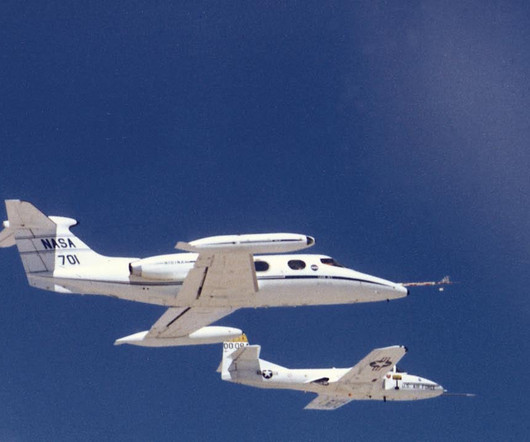Mastering Stalls: How to Recognize, Prevent, and Recover Safely
Flight Training Central
MARCH 3, 2025
Depending on design, airfoils used in general aviation, stall at angles of attack between 16 to 18 degrees. The power on stall simulates the takeoff and departure situations, and the power off stalls the approach and landing conditions. At the normal approach speed, lower the nose to the approach pitch attitude.













Let's personalize your content